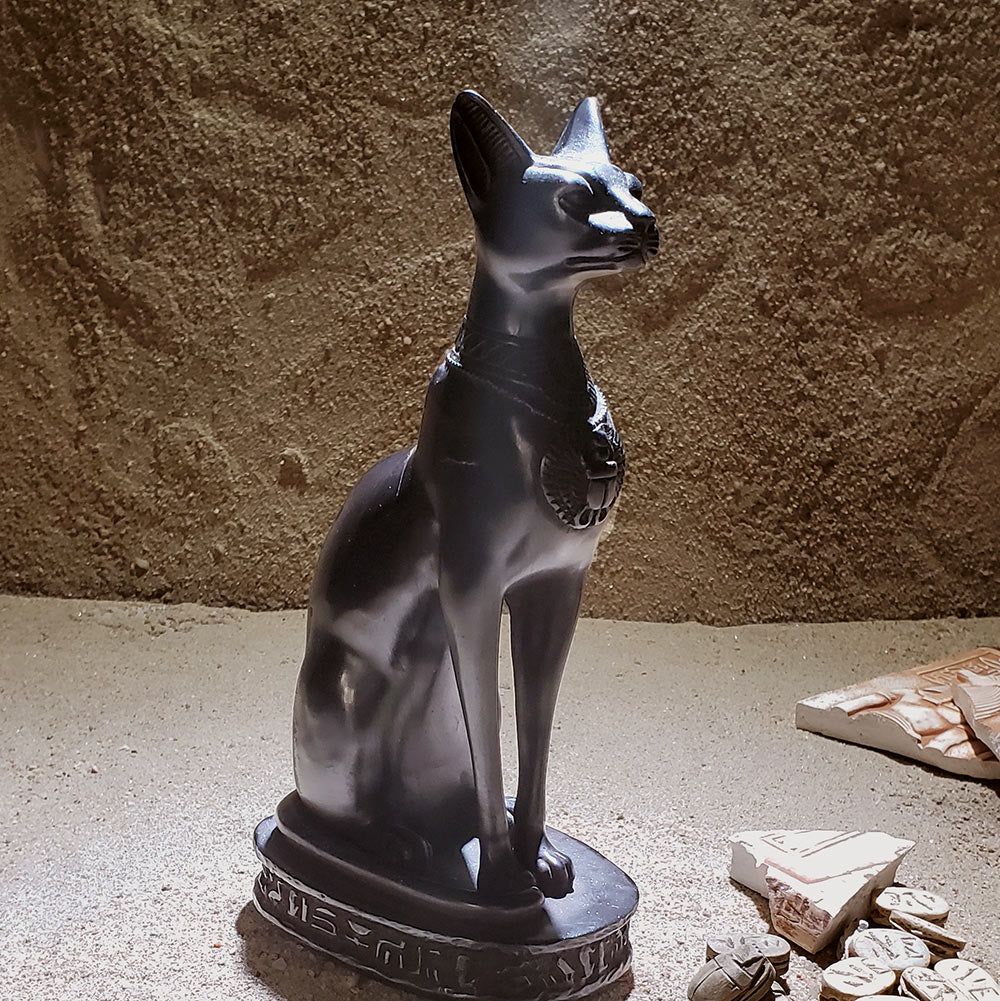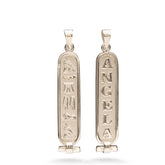Horus and Ra: Symbols of Kingship and Creation
28 Jun 2024
0 comments

Horus was often depicted as a falcon or a man with the head of a falcon. He is sometimes shown with the double crown of Upper and Lower Egypt. Horus is primarily known as a sky god. His right eye was associated with the sun and his left eye with the moon. Horus is often considered the divine embodiment of kingship, and the reigning pharaoh was seen as a manifestation of Horus. He was the son of Osiris and Isis. His primary myth involves avenging his father's murder by his uncle, Set. The battle between Horus and Set symbolizes the struggle between order and chaos.
Ra was commonly depicted as a man with the head of a falcon, crowned with a sun disk encircled by a cobra. He can also be depicted as a full falcon. Ra is the god of the sun, creation, and order. He travels across the sky during the day in his solar boat and through the underworld at night. Ra is often considered the creator god, bringing life to earth through his light and warmth. Ra's journey through the underworld each night includes battles against the forces of chaos, represented by the serpent Apophis. His victory ensures the sunrise and the continuation of life.
Both gods played crucial roles in the religious and daily life of ancient Egyptians. They symbolized different aspects of the divine and natural world, and their myths conveyed moral and cosmological truths central to Egyptian belief systems. Horus and Ra's mythologies and symbolism reflect the ancient Egyptians' understanding of the world, their values, and their beliefs about order, chaos, and the divine.
Tags:






